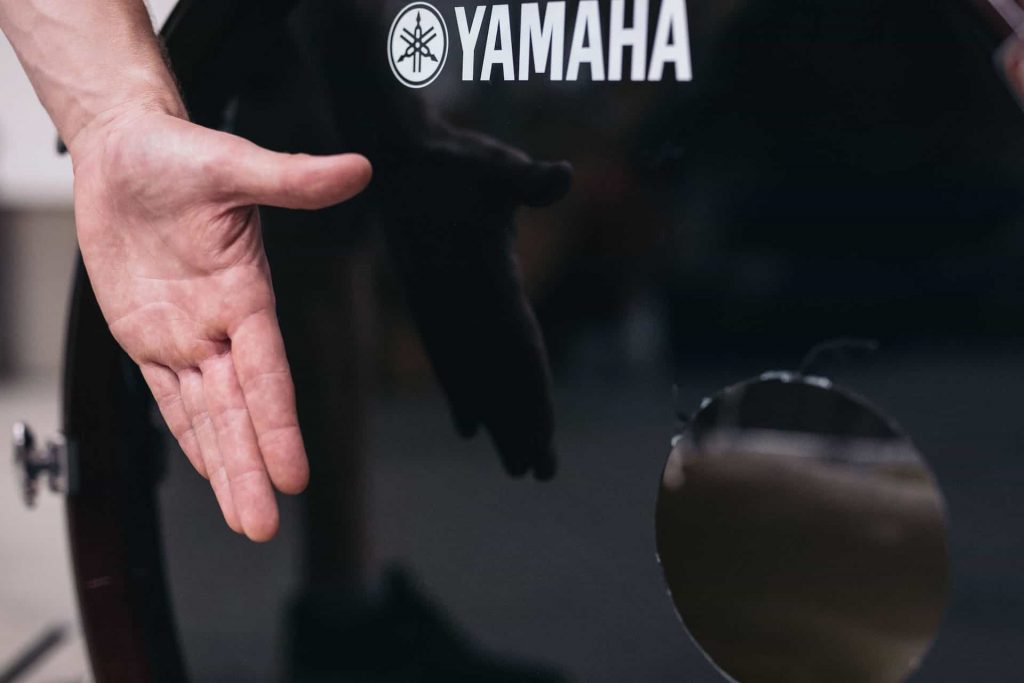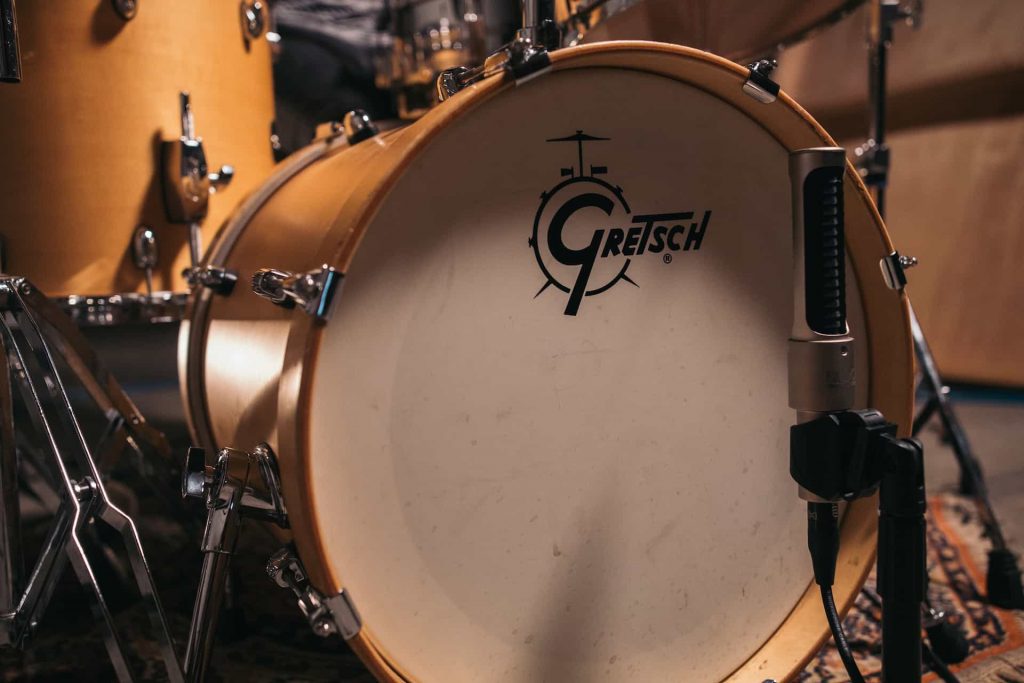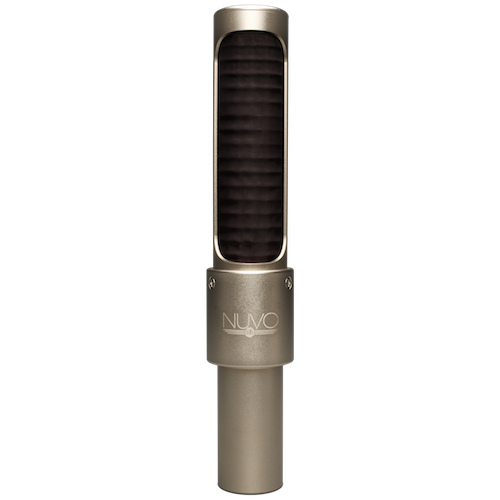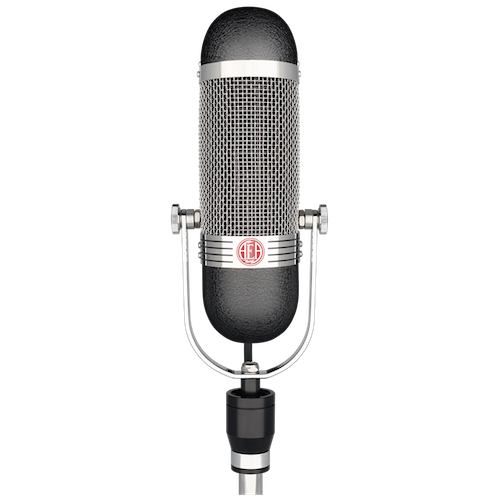Over the past 80 years, some of the greatest kick drum performances ever recorded were captured with ribbon microphones. From the opening of Capitol Records in Hollywood in 1956, the main mic used on kick drums was the RCA 44. Veteran engineers long preferred ribbons on kick drums.
In an era when kick drums were known as “bass drums,” the standard setup for recording a kick drum was to take off the resonant head and place a sandbag inside. Because sand has small pieces of metal, a towel was placed over the sandbag to protect any sand from shooting upwards.
Then an RCA 44 was placed laying down on top of the towel. The wind blast from the kick drum would pass over the ribbon instead of going directly into it. The pure tone of the kick was captured by the RCA 44.
During the 1970s, however, with the rise in quality of condenser microphones, ribbons fell out of style. Condensers sounded sharper and more hyped on magnetic audio tape. RCA closed its ribbon mic manufacturing, collapsing the market.
What Falls Will Rise Again
However, in the 1990s, with the rise of digital recording, ribbons were rediscovered. Digital recording is much more transparent and honest with the sound it captures compared to tape machines. Many of the great engineers, who never forgot ribbons, returned to the more natural ribbon sound for the digital era.
How Low Does Your Ribbon Tuning Go?
AEA’s modern ribbon mics have such a low resonant frequency of 16.5 Hz that virtually no other ribbon microphone can capture as much low end on kick drums. In addition, the matchless proximity effect on some AEA mics is so pronounced that it magnifies the kick drum sound by massive proportions.
On kick drum, AEA mics have been described as sounding thunderous to pillowy, soft and natural. For country music, folk, jazz or even rock, a ribbon mic can be the perfect choice to capture the deep kick drum sound many desire.
How big is your boom?
When using a ribbon mic on a kick drum, the first thing to decide is how much low end and top end is desired. If a more balanced sound is preferable, near-field ribbons like the AEA active N22 and passive R92 are excellent choices. These mics work one to two inches (5 cm) away from the source and both will pick up a balanced sound.
If a more exaggerated the low-end is sought, a far-field ribbon like the R44 or the R84 will help beef up the sound of the kick with their proximity effect, making it sound massive. This is often the choice for a heavy rock song. Move the far-field mic away from the drums to get more ambience from the entire kit. Go even further and place the mic in front of the kit for a sound that effortlessly captures both the kick and cymbals.
Safe and Sound With “The Hand Test”
Once you’ve decided on your mic choice, the first thing to do is the hand test to make sure no bursts of air can damage the ribbon element. Have the drummer play the kick as hard as they are going to play and place the back of your hand right up against the resonant side of the kick.
 If you feel air blasts directly hitting your hand, move your hand back slowly until the feeling of air disappears. This is the closest we recommend placing a ribbon mic.
If you feel air blasts directly hitting your hand, move your hand back slowly until the feeling of air disappears. This is the closest we recommend placing a ribbon mic.
If you find there is too much bass, move the mic back slightly. If too much of the kit is being captured, try angling the mic slightly downward so the top null is pointing towards the cymbals at the top of the kit. Angling the mic also gives it better protection from sudden air blasts. 
If using the N22 or N8, we recommend using a NUVO windscreen for even more protection. If you are still concerned about air blasts, put a standard pop-screen in front of the microphone for more protection.
The important thing to remember when miking kick drums with ribbon mics is to never put the mic directly in front of the porthole of the kick drum. Those direct blasts of air can damage the ribbon element and it won’t sound as good as positioning the mic slightly off to the side.
Using a ribbon mic to capture your kick drum has been safely used for about 80 years. There is nothing to be afraid of when you follow the hand test.
Use these techniques to capture the biggest, most impressive kick drum sound one can imagine.




